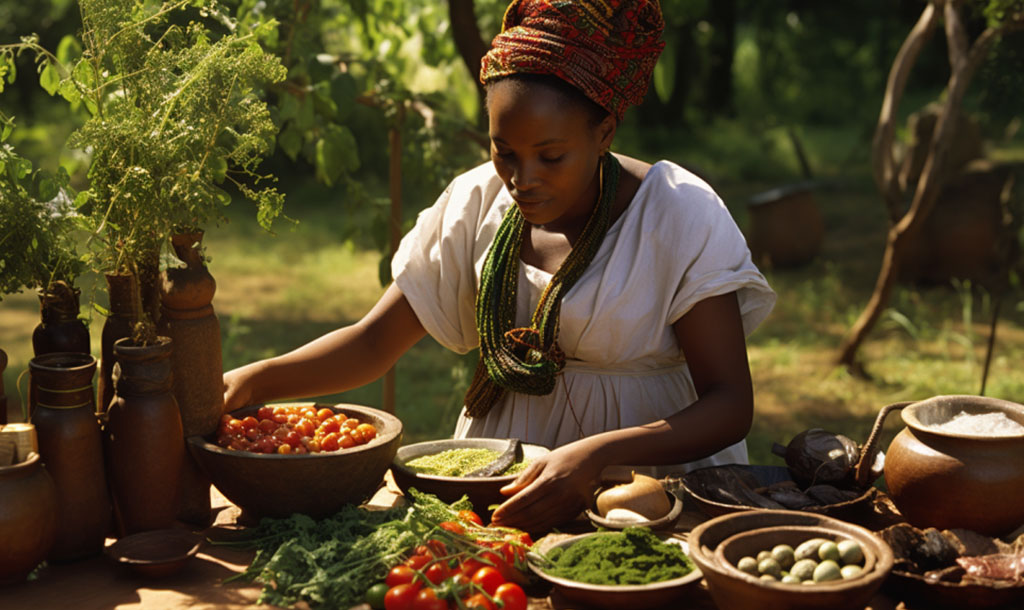Recently updated on: January 14th, 2025
Africa, a vast and diverse continent, possesses a rich tapestry of botanical diversity. Each region boasts its unique flora, with many of these plants being pivotal to traditional medicine systems for centuries, if not millennia. With modern science increasingly emphasizing plant-derived compounds for pharmaceuticals, a deeper exploration into African herbal remedies offers both historical insights and potential future innovations. This article will delve into several significant African plants known for their medicinal properties, juxtaposing traditional uses with modern applications.
The Roots of African Herbal Medicine
Traditional African medicine is a holistic discipline involving not just the physical well-being but also the spiritual, social, and environmental factors. Practitioners, often referred to as herbalists or traditional healers, have vast knowledge passed down through generations concerning various plant remedies’ usage, preparation, and dosage.
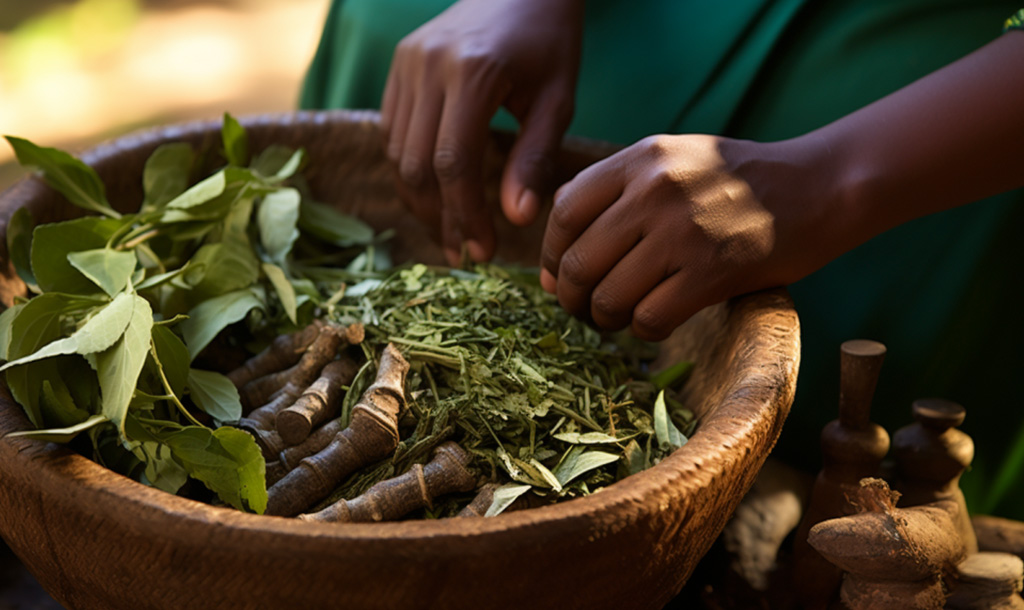
Rooibos (Aspalathus linearis)
Traditional Use: Originating from the mountainous regions of South Africa, Rooibos has been a staple for the indigenous Khoisan people. The leaves of this plant were often brewed into a tea, believed to have curative properties for various ailments, including digestive problems and allergies.
Modern Application: Today, Rooibos is celebrated worldwide, not just for its uniquely pleasant taste but also for its rich antioxidant properties. Studies suggest that the plant may offer cardiovascular benefits and has the potential to alleviate certain skin conditions.
African Ginger (Siphonochilus aethiopicus)
Traditional Use: African Ginger is a plant revered in numerous African cultures for its multifaceted healing properties. Historically, it was used to combat fever, flu, and even rheumatism. Its potent anti-inflammatory qualities made it a favorite for various internal and external issues.
Modern Application: Scientific studies on African Ginger have validated its traditional uses. Beyond its anti-inflammatory properties, it also shows promise as an antimicrobial and antifungal agent. Its components are being explored for potential incorporation into modern drugs.
African Wormwood (Artemisia afra)
Traditional Use: Known locally as “African wormwood,” Artemisia afra has been a cornerstone in traditional remedies, particularly in the regions of Southern Africa. It was used to treat fevers, colds, and even malaria.
Modern Application: The plant’s potential against malaria has captured global interest. Artemisinin, a compound extracted from a related species, Artemisia annua, is a primary component in the frontline treatment against malaria. Research on Artemisia afra indicates a possibility that it may also harbor compounds effective against the disease.
Shea Butter (Vitellaria paradoxa)
Traditional Use: Derived from the Shea tree nuts found across West Africa, Shea butter has been a mainstay in local skincare routines for generations. It was believed to moisturize and protect the skin against harsh environmental conditions.
Modern Application: The global cosmetic industry has embraced Shea butter wholeheartedly. Its moisturizing and anti-inflammatory properties have been substantiated through research, leading to its widespread use in lotions, creams, and balms.
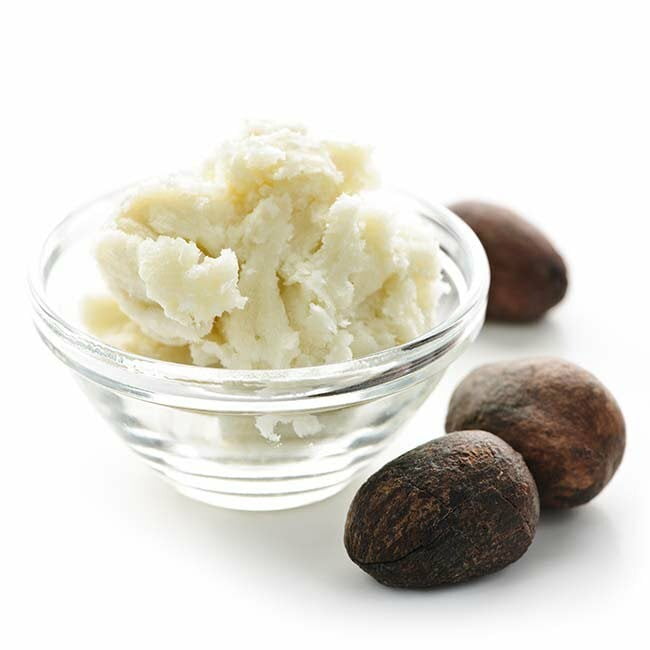
Shea Butter (Karité Butter)
Pure, full-value Shea butter for cosmetic use. It has a fresh and original composition, which guarantees a high content of vitamins A and E responsible for delaying skin aging processes. The Shea butter from our offer has the proper scent, color, and consistency because it is not diluted with other oils.
Devil’s Claw (Harpagophytum procumbens)
Traditional Use: Named for its peculiarly shaped fruits, Devil’s Claw originates in the Kalahari Desert of Southern Africa. Traditionally, its tubers addressed pain, especially concerning the joints.
Modern Application: Contemporary interest in Devil’s Claw centers around its potential as an analgesic and anti-inflammatory. Clinical trials have shown promise in addressing lower back pain and osteoarthritis.
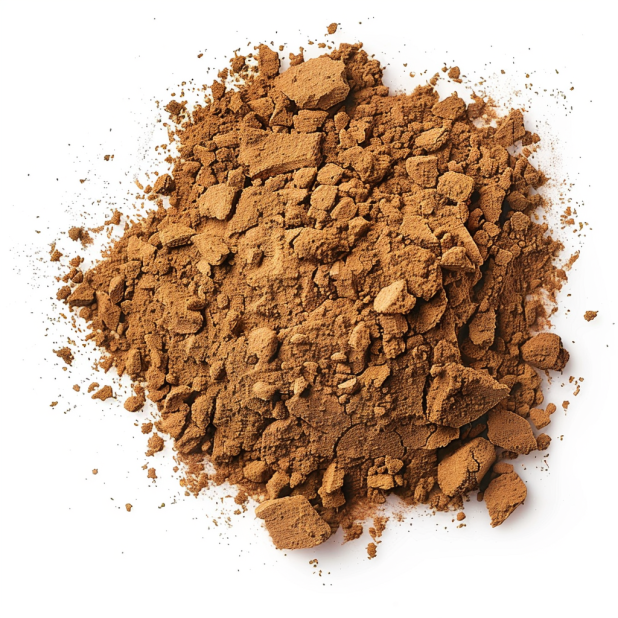
Devil’s claw extract
Devil’s claw extract was first used by South Americans over 2,000 years ago. Back then, it was applied to combat muscle and joint pain. Nowadays, it’s popular mainly in natural medicine.
Moringa (Moringa oleifera)
Traditional Use: Commonly referred to as the ‘Drumstick tree,’ Moringa has been a part of the diet and medicine cabinet in various parts of Africa. Its leaves, seeds, and pods were believed to be a source of strength and vitality.
Modern Application: Today, Moringa is touted as a ‘superfood’. Research has substantiated claims of its rich nutrient profile, including vitamins, minerals, and antioxidants. There’s growing interest in its potential anti-diabetic and cholesterol-lowering properties.
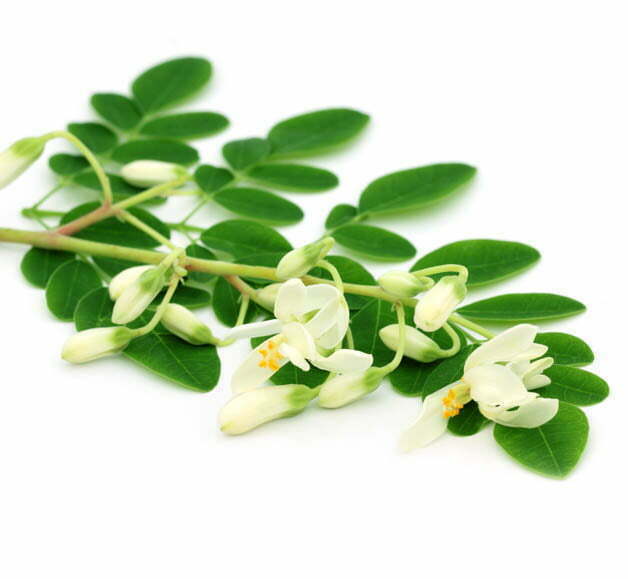
Moringa leaf extract
High quality moringa extract straight from the manufacturer. The product abounds in vitamins A and C as well as protein and iron.
Moringa, called the “tree of longevity” or “miracle tree” is considered to be one of the healthiest plants in the world.
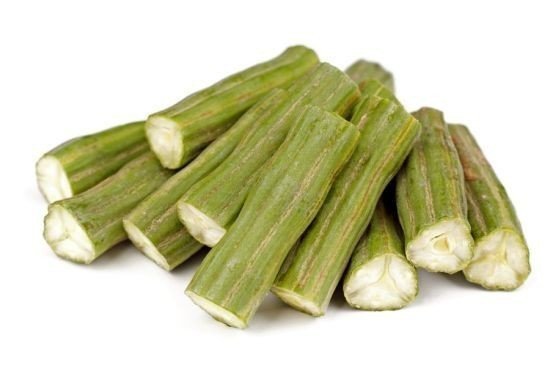
Moringa seed oil
Moringa seed oil contains oleic acid, omega – 3,6,9 acids and vitamins E and A. Moringa is a tree that grows in India and isn’t particularly popular in Europe. It can be applied on skin and hair to moisturize and regenerate them.
The Bridge Between Tradition and Modernity
The intersection of traditional knowledge and modern research presents a dynamic platform for pharmaceutical innovations. By honoring and studying African herbalists’ wisdom, we preserve cultural heritage and pave the way for new therapeutic discoveries.
Conclusion
Africa’s botanical richness is a testament to the continent’s immense contribution to global health and well-being. As science continues to unlock the secrets of these traditional remedies, it’s evident that the fusion of ancient wisdom with modern research has the potential to revolutionize healthcare. We acknowledge the profound interconnection between humanity and nature in celebrating these plants and their histories.


